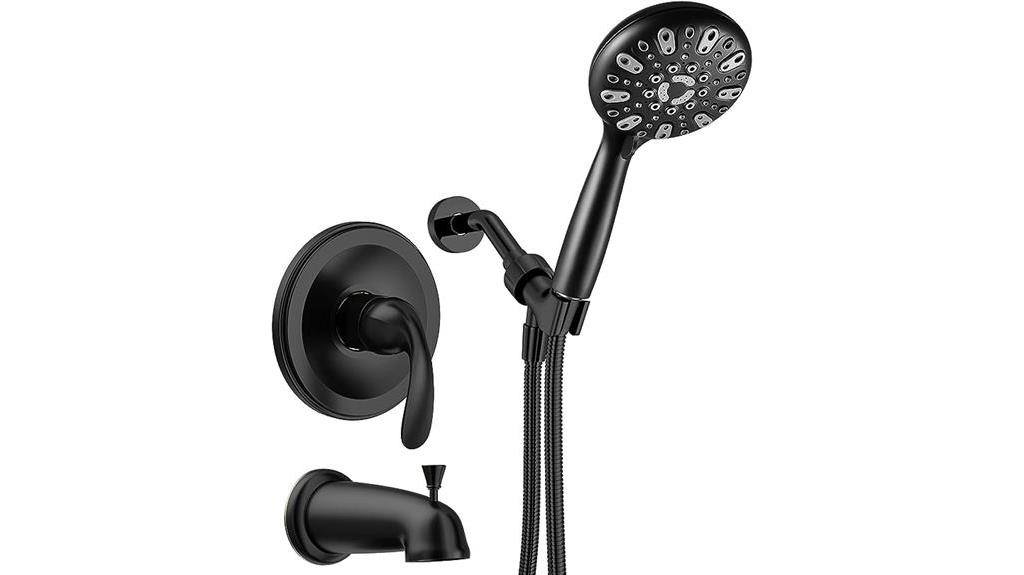Do we know if our toilet pipes are frozen? It’s a common concern for many homeowners during the cold winter months.
In this article, we will explore the telltale signs of frozen toilet pipes, how to check for them, and the steps to take if they are indeed frozen.
We will also discuss effective thawing methods and offer tips on preventing this issue in the future.
Stay informed and prepared to tackle frozen toilet pipes with confidence.

Key Takeaways
- Inability to flush properly or at all
- Decrease in water pressure
- No water coming out of the faucet
- Foul odor from the pipes
Common Signs of Frozen Toilet Pipes
We will now discuss the common signs that indicate frozen toilet pipes.
Frozen toilet pipes can be caused by various factors, such as extreme cold weather or insufficient insulation. It’s important to be aware of these signs, as ignoring them can lead to serious consequences.
One common sign of frozen toilet pipes is the inability to flush properly or at all. You may also notice a decrease in water pressure or no water coming out of the faucet. Additionally, a foul odor or unusual noises coming from the pipes can be indicators of frozen pipes.
It’s crucial to address these signs promptly to avoid further damage and costly repairs.
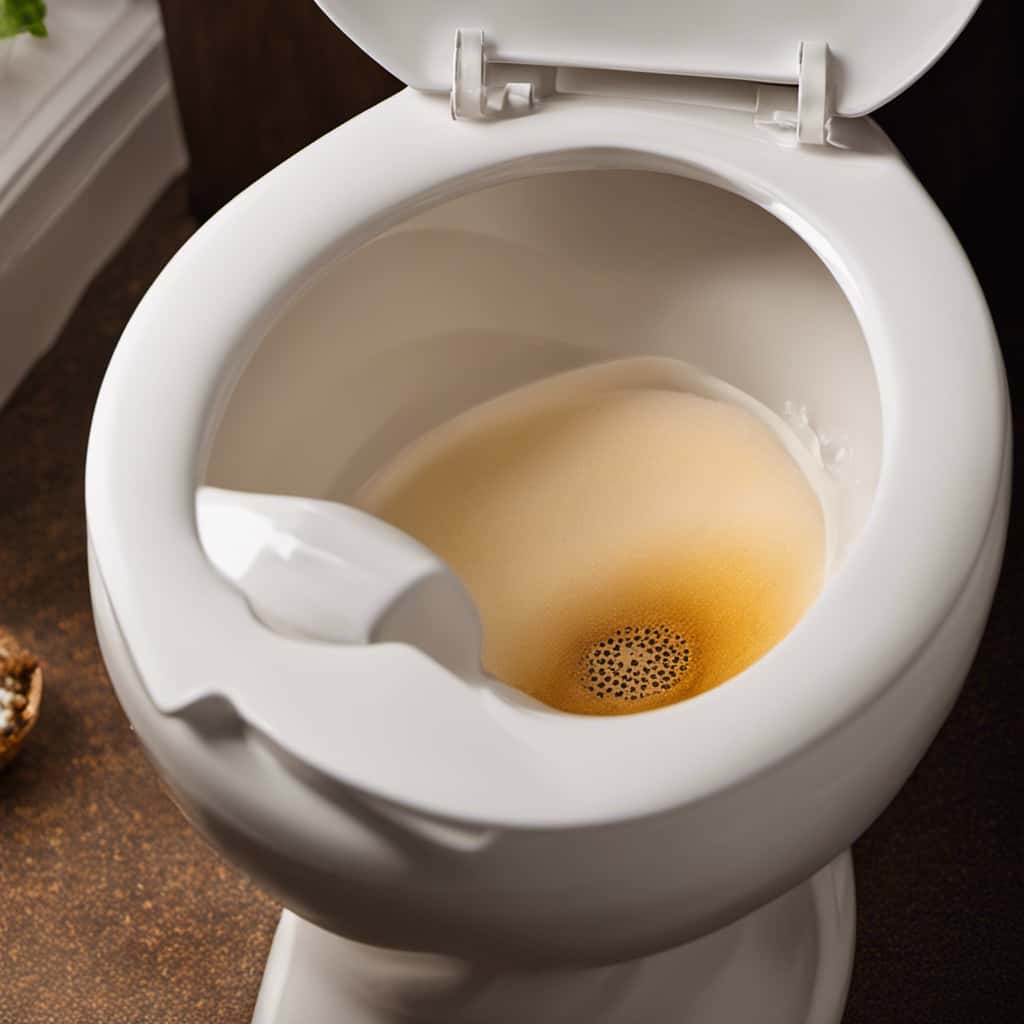
Now, let’s move on to the next section and learn how to check for frozen toilet pipes.
How to Check for Frozen Toilet Pipes
To determine if your toilet pipes are frozen, you can use a simple method. First, turn on the faucet closest to the toilet and check if water comes out. If it does, your pipes aren’t frozen. However, if no water comes out or only a small trickle is present, it’s likely that your toilet pipes are frozen.
Another sign of frozen pipes is a foul smell coming from your toilet. If you notice any of these signs, it’s important to take immediate action to prevent further damage.
Here are some steps you can take to prevent frozen toilet pipes:
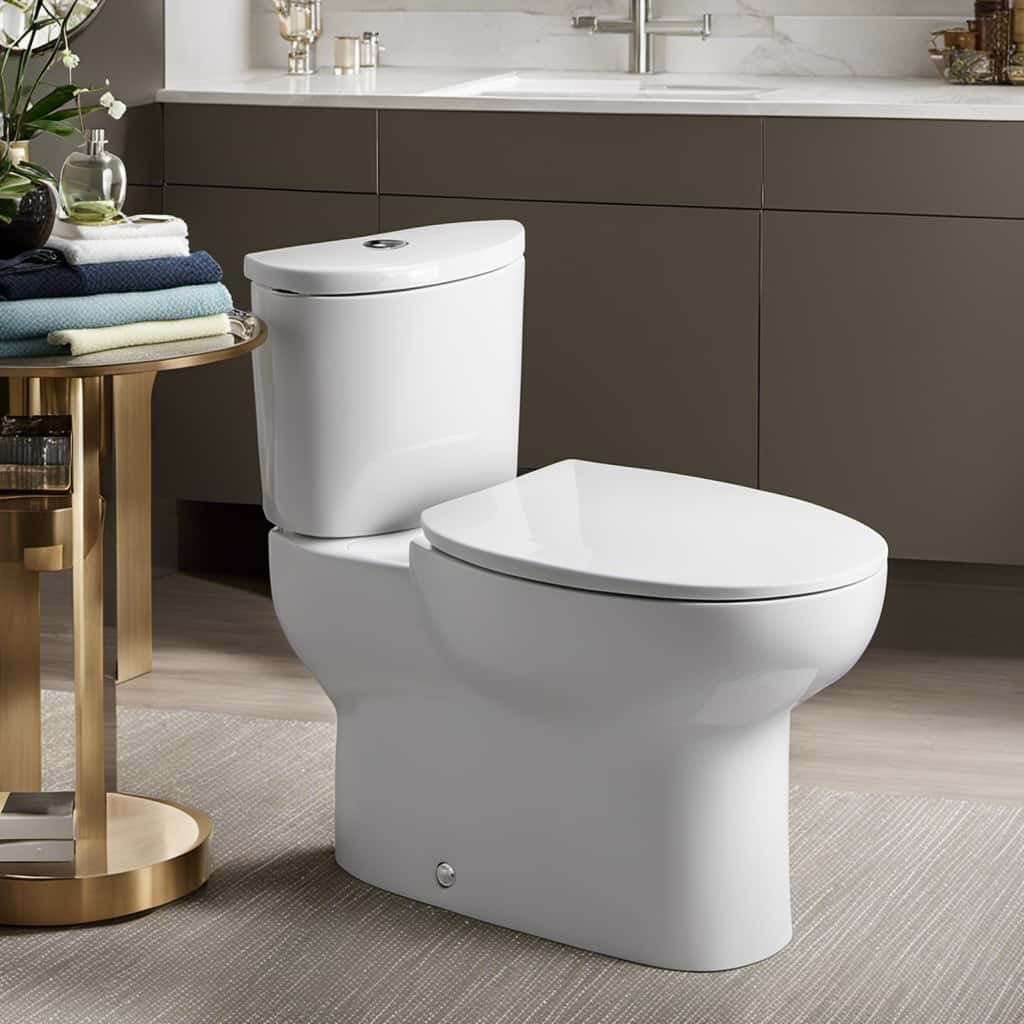
- Insulate your pipes: Use pipe insulation or heat tape to protect your toilet pipes from freezing temperatures.
- Keep your home warm: Maintain a consistent temperature in your home, especially in areas where pipes are located.
- Let faucets drip: Allowing faucets to drip slightly can help prevent freezing by keeping the water flowing.
Steps to Take if Your Toilet Pipes Are Frozen
If your toilet pipes are frozen, there are several steps we can take to thaw them and prevent further damage.
The first step is to turn off the water supply to the toilet by locating the shut-off valve, typically located near the base of the toilet or on the wall behind it.
Next, you can try to thaw the pipes using a hairdryer or heat lamp. Be sure to keep the heat source a safe distance away from any flammable materials.
If the pipes are still frozen after attempting to thaw them, it’s best to call a professional plumber for assistance.
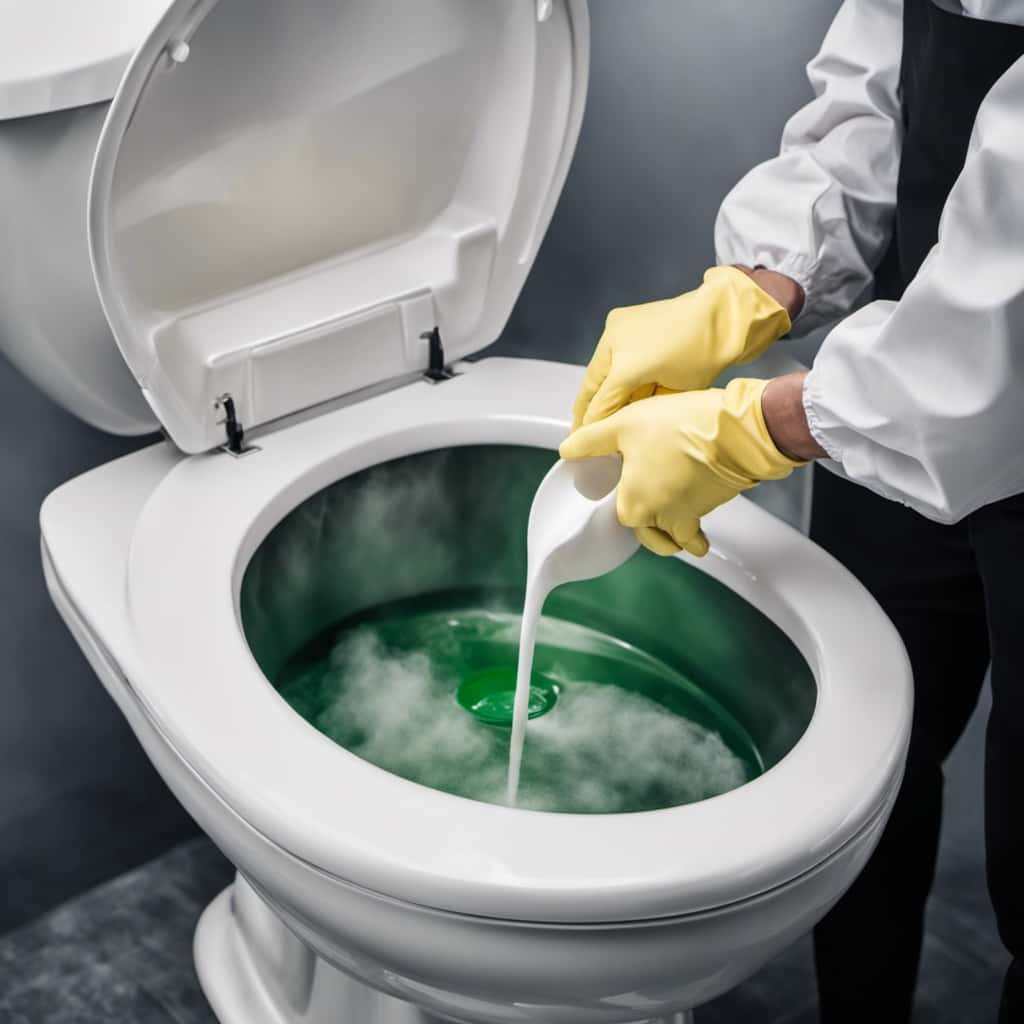
It’s important not to use any open flames or excessive force to thaw the pipes, as this can cause further damage.
Thawing Methods for Frozen Toilet Pipes
Now that we know how to identify frozen toilet pipes, how can we thaw them safely and effectively?
There are several thawing techniques that can help resolve this issue. One method is to use a hairdryer or heat gun to gently warm the frozen section of the pipe. Be sure to keep the heat moving and avoid concentrating it in one spot to prevent damage.
Another option is to wrap the frozen pipe with heating tape or electric heat cables. These products provide a consistent source of heat to gradually thaw the pipe.
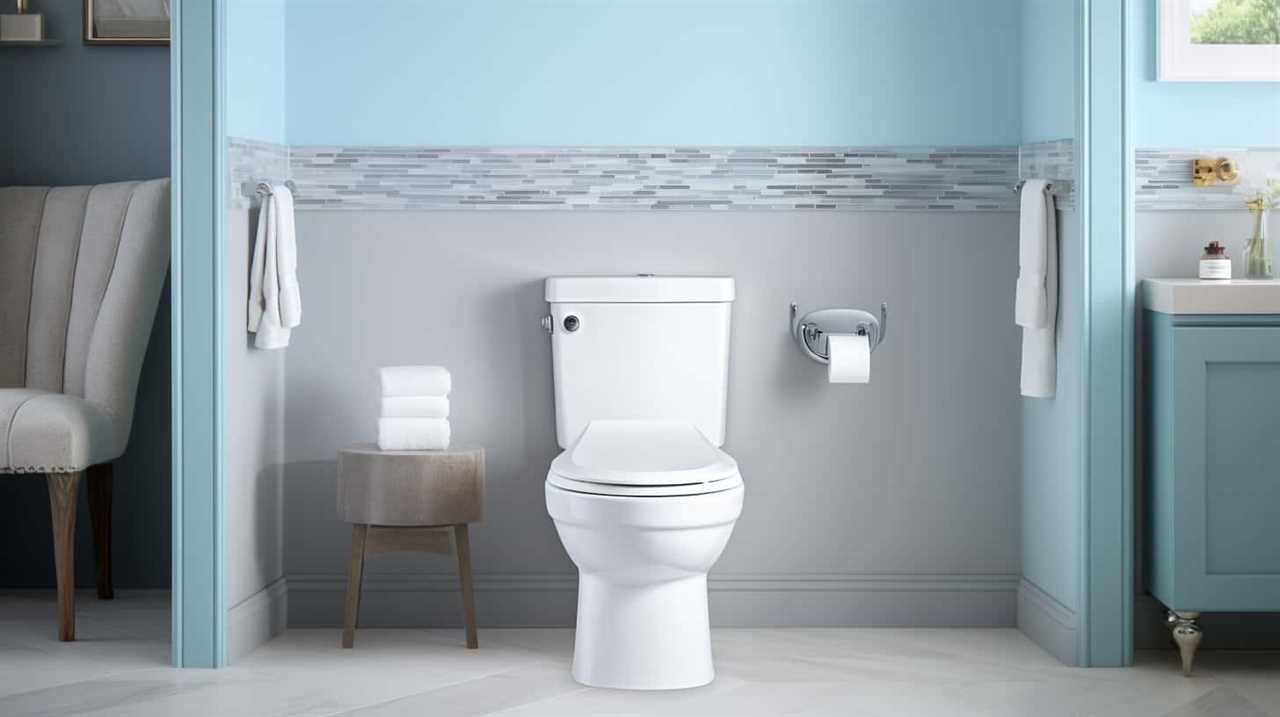
If these methods fail or if you’re uncomfortable attempting them yourself, it’s advisable to seek professional help. A licensed plumber will have the expertise and specialized equipment to safely thaw your frozen toilet pipes.
Preventing Frozen Toilet Pipes in the Future
Our best approach to prevent frozen toilet pipes in the future is to insulate them properly. Insulating techniques for toilet pipes can help maintain the temperature and prevent freezing during cold winter months.
One effective method is to wrap the pipes with insulation sleeves, which are readily available at hardware stores. Additionally, sealing any gaps or cracks in the walls or floors around the pipes can prevent cold air from reaching them.
It’s also important to ensure that the area where the pipes are located is adequately heated. As part of winter maintenance tips for plumbing systems, it’s crucial to keep the temperature in your home above freezing, even if you’re away. This can be achieved by setting the thermostat to a minimum temperature or using a programmable thermostat to regulate the temperature automatically.
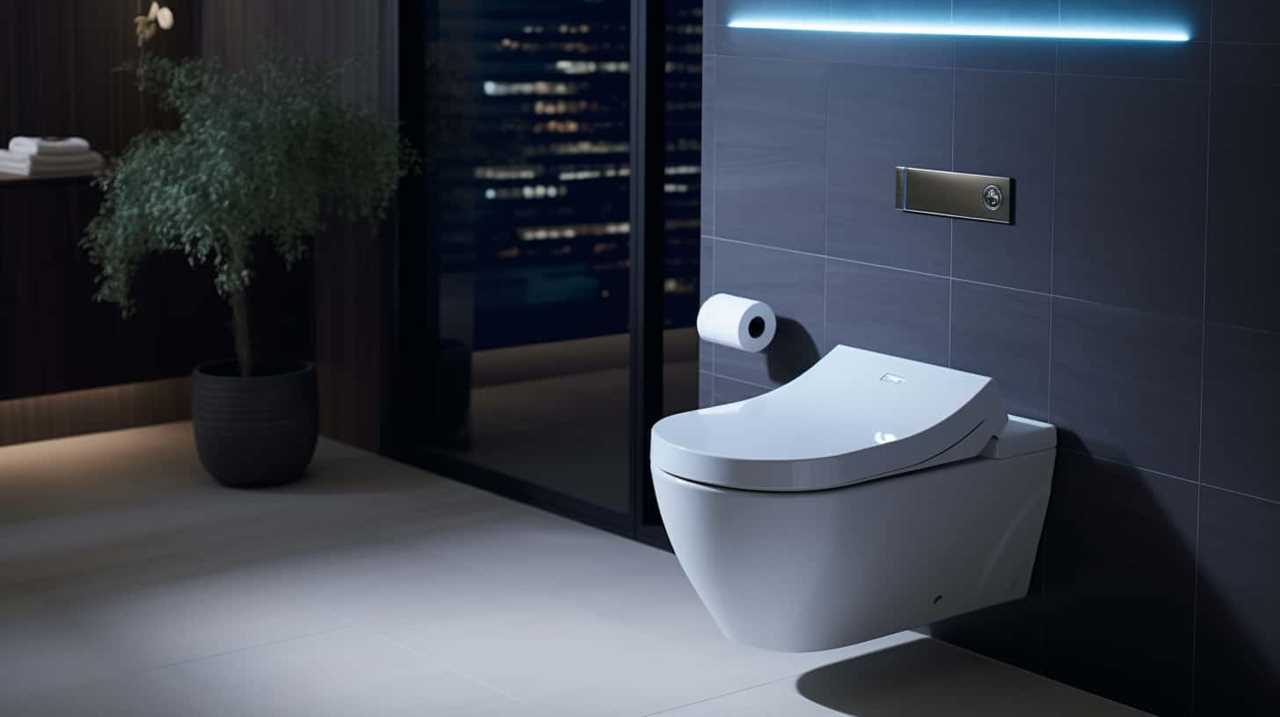
Regularly checking for leaks and repairing them promptly is also essential to prevent frozen pipes. By following these insulating techniques and winter maintenance tips, you can greatly reduce the risk of frozen toilet pipes in the future.
Frequently Asked Questions
Can Frozen Toilet Pipes Cause Damage to Other Parts of the Plumbing System?
Frozen toilet pipes can potentially cause water damage to other parts of the plumbing system. It’s important to look out for signs of frozen toilet pipes, such as lack of water flow or strange noises, to prevent further issues.
What Are the Potential Health Risks Associated With Frozen Toilet Pipes?
When it comes to potential health risks associated with frozen toilet pipes, it’s important to be aware of the dangers. However, with proper prevention methods, we can minimize the risk and ensure a safe environment.
Can Frozen Toilet Pipes Lead to Sewage Backup in the House?
Frozen toilet pipes can lead to sewage backup in the house. To prevent this, it’s important to know the signs of frozen toilet pipes, such as reduced water flow or no water at all.

Are There Any DIY Methods to Thaw Frozen Toilet Pipes?
There are DIY methods to thaw frozen toilet pipes. Prevention tips include insulating pipes, keeping the thermostat above 55°F, and opening cabinet doors to let warm air circulate.
How Long Does It Typically Take for Toilet Pipes to Thaw Once Started?
Once started, toilet pipes can take anywhere from a few hours to a couple of days to thaw, depending on the severity of the freezing. Signs of frozen toilet pipes include lack of water flow and a strange odor.
Conclusion
In conclusion, recognizing the signs of frozen toilet pipes and taking immediate action is vital to prevent further damage and inconvenience.
By regularly checking for frozen pipes and utilizing appropriate thawing methods, you can ensure a smoothly functioning toilet system.

Additionally, implementing preventive measures like insulation and maintaining consistent heat can help avoid future issues.
Remember, staying proactive and informed is the key to avoiding the frustration of frozen toilet pipes.



